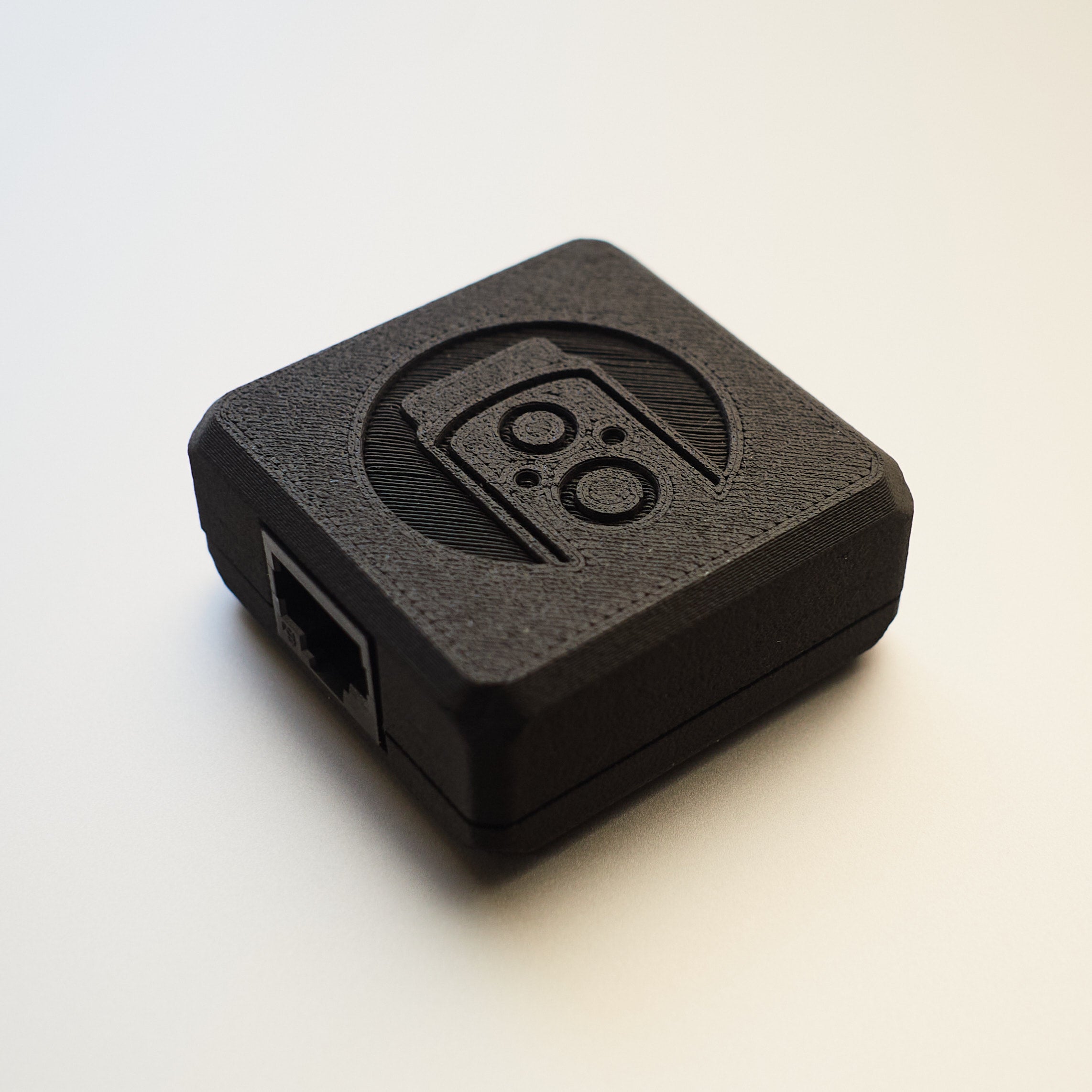FSI GPI Controller
06 Jun 2023 ∞
Last year I got a Flanders Scientific DM241, and was thrilled to find many of its functions could be controlled remotely. While often times the monitor is close as hand it could also be across the studio so being able to control things like false color from your computer is handy. Plus, it's fun to poke around the protocols, but more on that in a minute.
The easiest is by connecting the monitor to ethernet and using the IP Remote Utility. The app gives you control over all of the keys on the monitor and even lets you stream back the scopes. There's also a Stream Deck profile, which is handy. However it just uses keyboard shortcuts meaning you can't use it if another application is in the foreground.
The Stream Deck Plugin
The plugin is configured with the IP address of the monitor, and can even connect to multiple monitors. Stream Deck buttons can be assigned to any of the four monitor inputs or the six function keys. Pressing a button on the Stream Deck is just like walking over to the monitor and pressing a button there.
The plugin is entirely stand-alone. It connects directly to the monitor over the network, without the need for the IP Remote Utility to be installed nor running. The only requirement is that your monitor be reachable over the network.

The GPI Controller
Next to the LAN port is another RJ-45 labeled GPI and is the second way to control the monitor. The pins of the port are used as normally open switches; connect a pin to ground to control the assigned function. Aside from the GPI Keypad Lockout there don't seem to be many options for making use of the additional 7 functions the GPI has.
The GPI Controller1 is a small box, USB-C on one side and RJ-45 on the other, that does just that. The controller is powered by an RP2040 microcontroller and custom firmware providing a USB bridge to the GPI. The enclosure is 3D printed and everything is hand assembled.
The Stream Deck plugin connects to the GPI controller automatically and provides three different key options:
- Latching button
- Momentary button
- Multi-function button
The latching button is the most common and simply toggles a function on and off, e.g. false color or a tally light.
The momentary button is useful for stateless functions like powering the monitor on.
Finally the multi-function button allows you to combine multiple latching functions. A great use for this is creating a yellow tally, which is the combination of red and green.
Availability
The Stream Deck plugin is going to be submitted to the store and will be available for as a free download, although supporting development through Ko-Fi is greatly appreciated.
The design of the GPI controller is just about finished, so I'm getting ready to do a small production batch. I'm hoping to gauge interest early so I know how many to make.
If you'd like to be one of the first to try them out please reach out.
To see the controller in action check out the little promo I made for it.↩